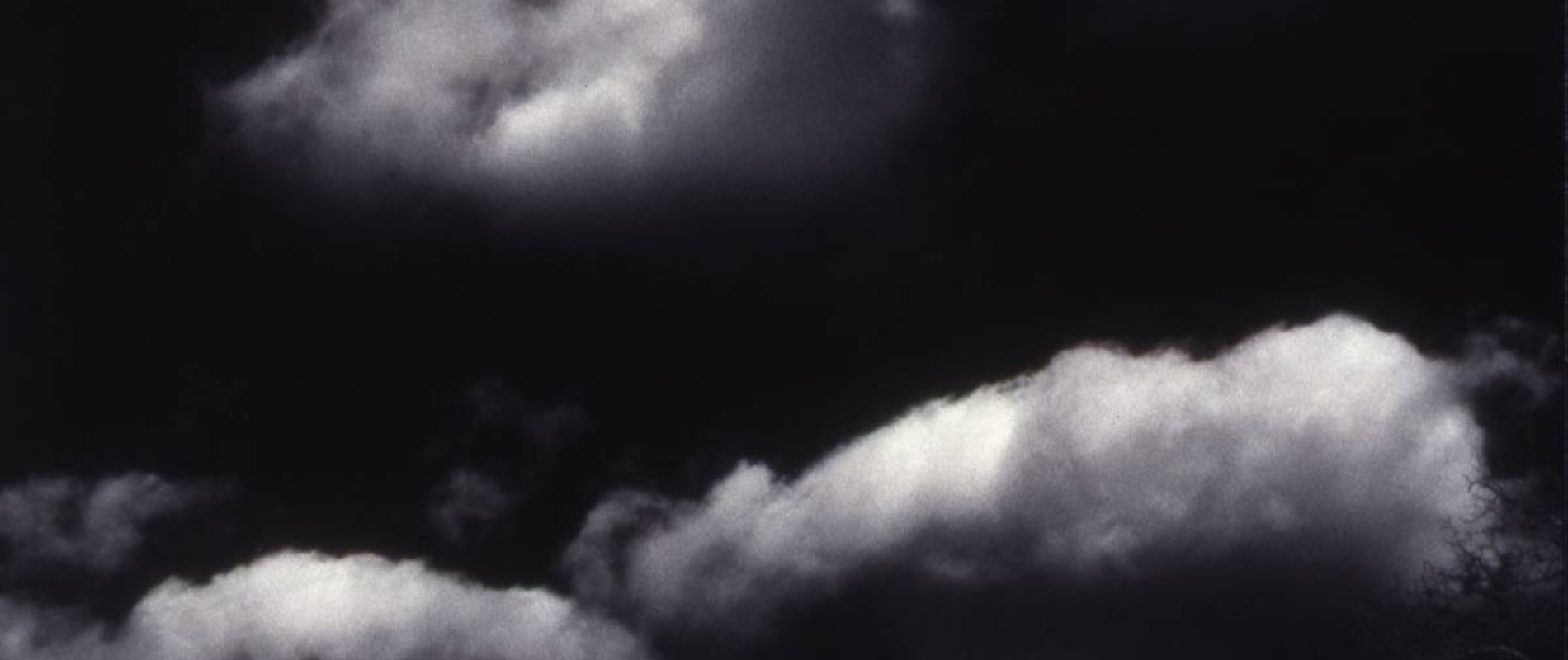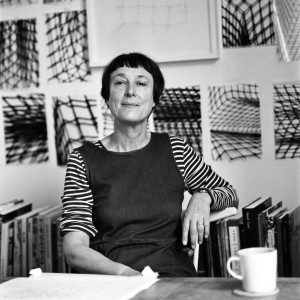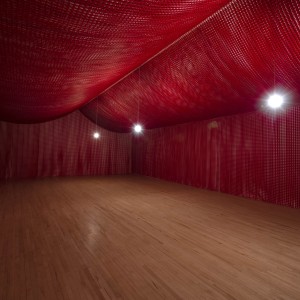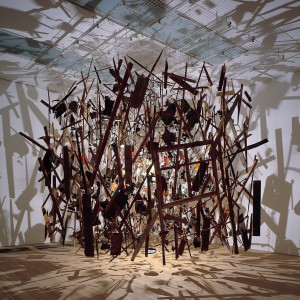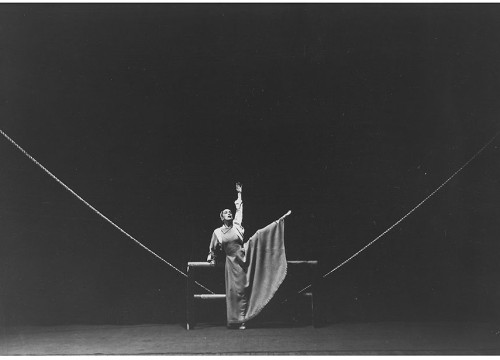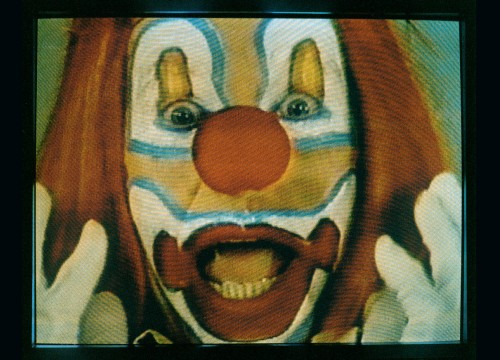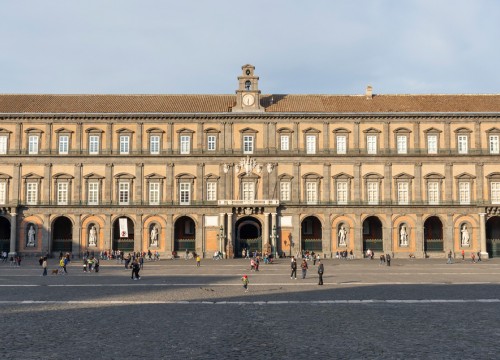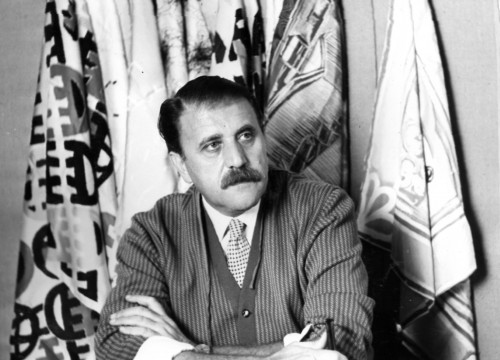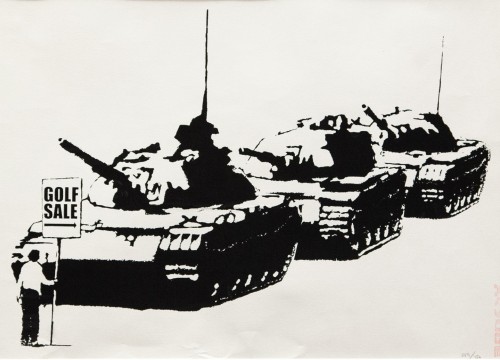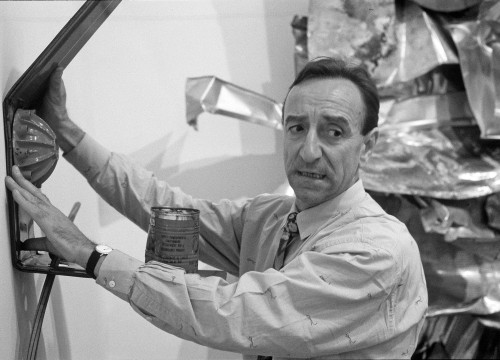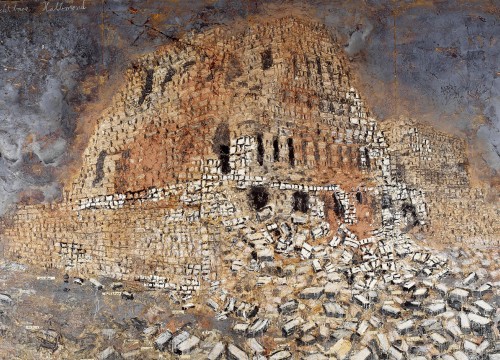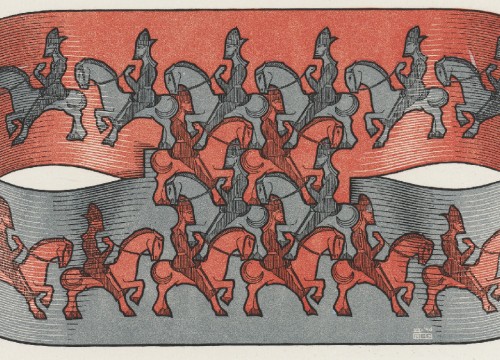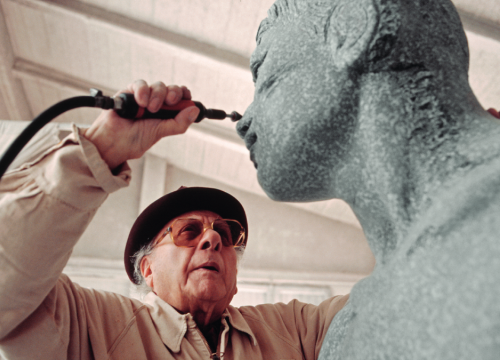London • Cornelia Parker at the Tate
On show the works of the last 35 years: sculptures, films, photographies, installations and embroideries
A different perspective can reconfigure the way we think. Cornelia Parker acts on the wow effect that her works, featured at Tate Britain through Oct 16, generate in the viewer. The English artist, who had already developed confidence with manual skills as a child by contributing to her father's farming business, performs unusual and original actions on the objects in her work: she explodes, destroys, burns, shoots and crushes. Then, she rearranges what remains, in a delicate and harmonious aesthetic balance. The recovery of deformed but not annihilated materials, ready to unleash a new essence, to guard a narrative in abstraction becomes, therefore, an opportunity for rebirth. Among the nearly 100 works on display dating from the past 35 years, including sculpture, film, photographs, installations, and embroidery, we find the iconic Cold Dark Matter: an Exploded View (1991), where the product of the detonation of a British Armed Forces tool magazine, in collaboration with the army's munitions school, is collected and reassembled. Silver, dear to the artist for its ability to simultaneously reflect and blacken over time, distinguishes the groups of objects in Thirty Pieces of Silver (1988-9). Here, trays, wedding gifts given by friends or trinkets purchased at flea markets have been previously flattened by a steamroller and arranged in floating mise en place, restoring their lost three-dimensionality. The attraction to the staged deaths in childhood cartoons mixes with the biographical memory of the house demolished in favor of a bypass tract and finds, in the themes of current events, an elaboration of destructive impulses. Human rights, violence, ecology and politics are addressed with the metaphor of reanimated rubble. Thus, the emptiness, the air that filters through the components, the play of shadow and light that is outlined through them and spreads into the surrounding environment create immersive spaces with a strong tensive connotation. The alternation of voids and solids now characterizes what was previously compact, so apparently exhausted matter finds lifeblood in an alternative context.
IN THIRTY PIECES OF SILVER, TRAYS, WEDDING GIFTS AND TRINKETS PURCHASED
AT FLEA MARKETS ARE FLATTENED BY A STEAMROLLER AND REASSEMBLES INTO ANOTHER THREE-DIMENSIONALITY
The exhibition, curated by Andrea Schlieker, continues with War Room (2015) where more than 300,000 perforated paper negatives left over from the production of remembrance poppies represent the hole left by the fallen of every war; in Perpetual Canon (2004), old musical instruments belonging to a brass band take their last breath before being crushed. If in the 1700’s Lavoisier, the father of chemistry, taught that “nothing is created, nothing is destroyed, everything is transformed,” Parker shows this continuity by directing energy through forgotten, rejected and denied matter.
Cornelia Parker
London
Tate Britain
Curated by Andrea Schlieker
Until 16/10

